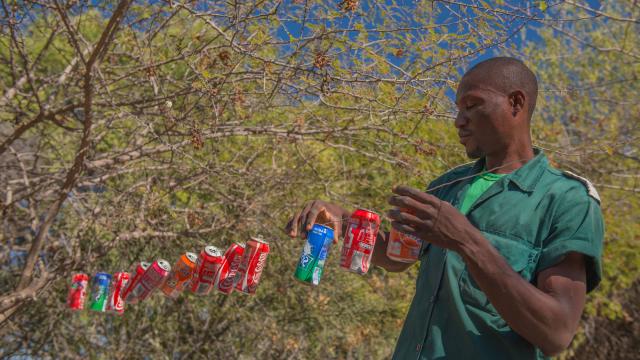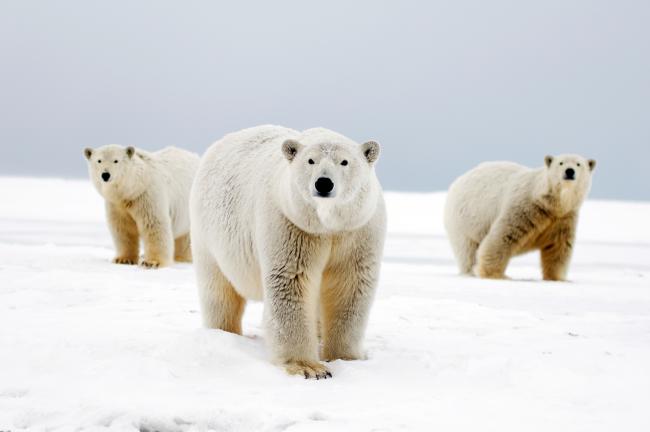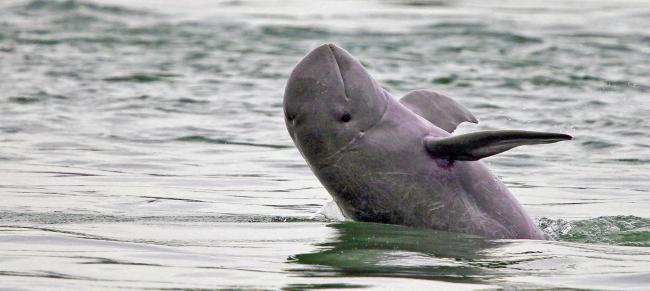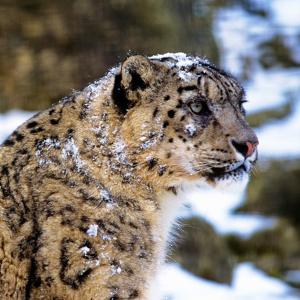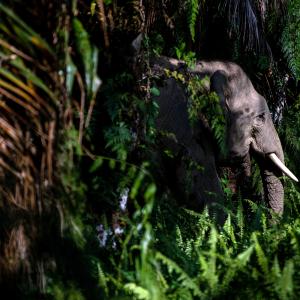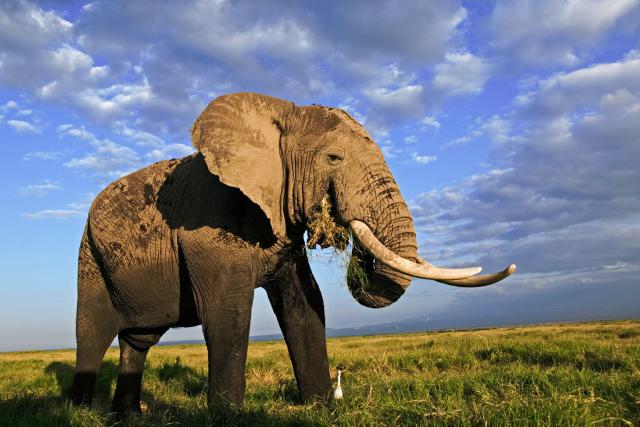
It’s not easy having elephants in your backyard
Around the world, as communities expand, and natural wild places are reduced, people and wildlife are increasingly coming into conflict over living space and food.
It might be baboons in Namibia attacking young goats, or elephants in Nepal eating crops, or European bears and wolves killing livestock. The problem is universal, affects rich and poor, and is bad news for all concerned.
The impacts are often huge. People lose their crops and livestock (and therefore a source of income and food security), property, and sometimes their lives - even a severe injury caused by wildlife can result in a loss of livelihood. The animals, some of which are already threatened or even endangered, are sometimes killed in retaliation or to prevent future conflicts.
Human-wildlife conflict is happening more and more, affecting a lot of different species. The effects of climate change will probably make the problem worse.
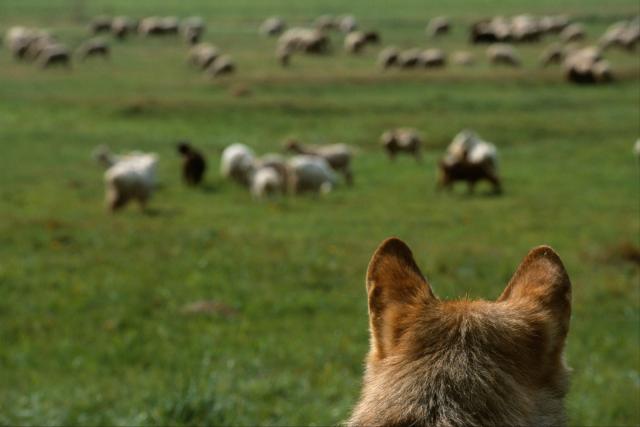
How we're tackling human-wildlife conflict
The solutions are often specific to the wildlife or area concerned, and are often creative and simple – for instance planting a ‘barrier’ of crops that repel the animals (elephants and some other wildlife don't like chilli, for example).
An important aspect of the work is that it benefits both the animals and local people, and actively involves the communities concerned (in the case of chilli, it can be sold to increase income). It’s about finding solutions that lead to mutually beneficial co-existence.
The work has also often led to people being more enthusiastic and supportive of conservation, and has demonstrated that people can live alongside wildlife while developing sustainable livelihoods.
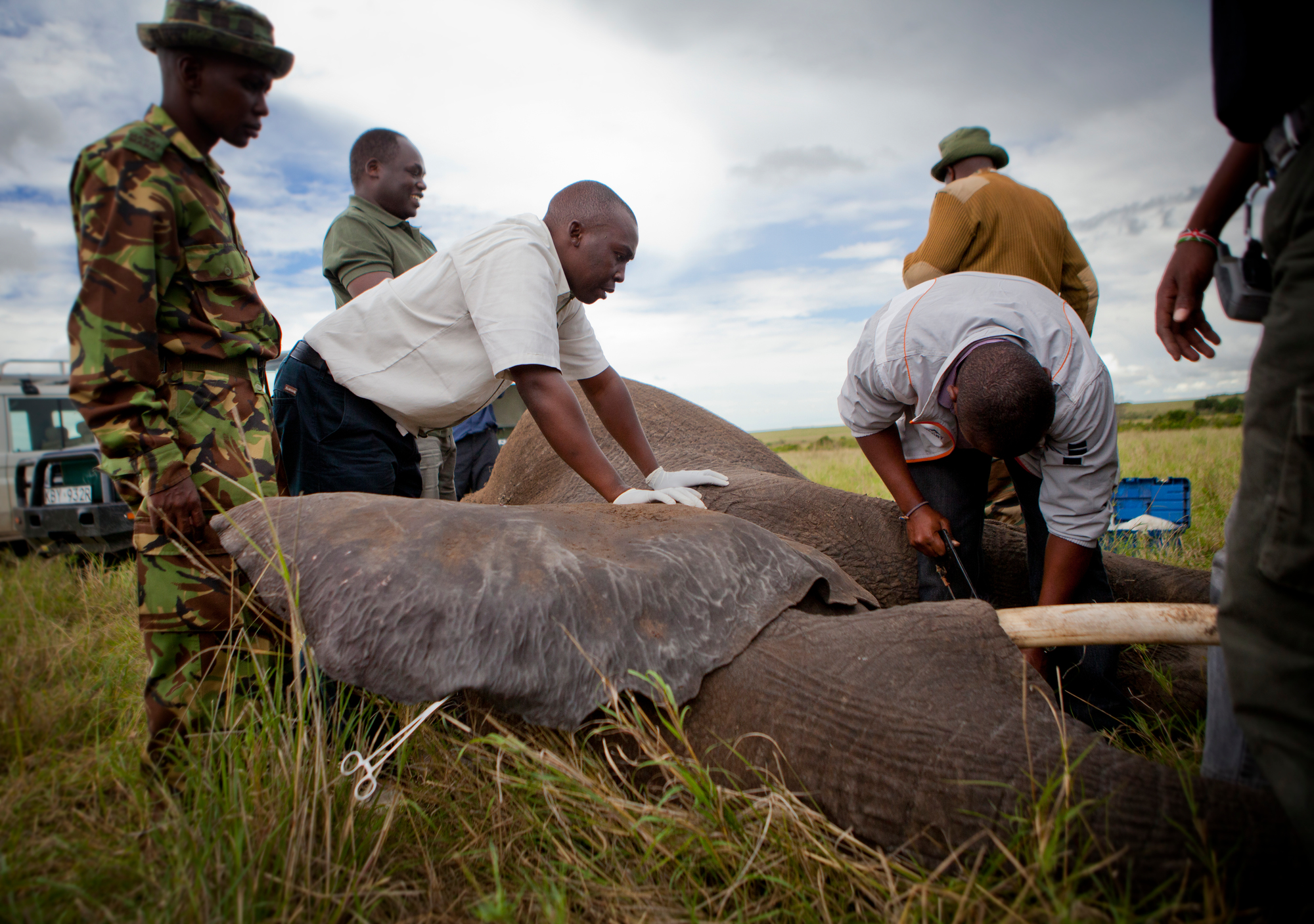
Preventing human-wildlife conflict in Kenya
Elephants are sometimes killed because they occasionally eat crops. In the areas around the Maasai Mara National Park in Kenya, we’ve helped to reduce conflict with elephants by tracking the movements of elephants to inform locals about the areas the elephants use most. By fitting some elephants in a herd with tracking collars, we’re learning about trends in numbers and dynamics of these giant mammals across the Mara area. This is leading to better management and fewer harmful incidents.
